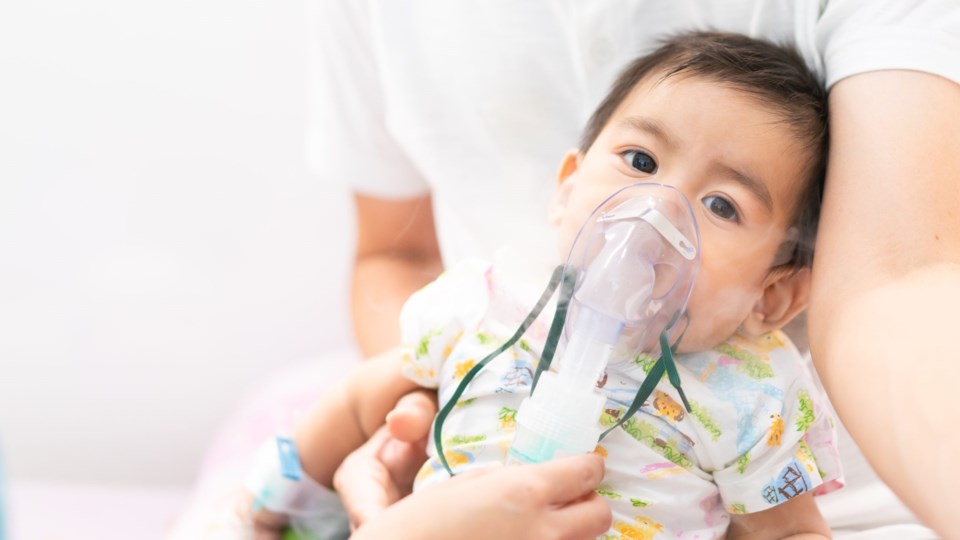According to the CDC, during the first year of the COVID pandemic, respiratory diseases like influenza and respiratory syncytial virus (RSV) were at an all-time low, explained by the implementation of mask use, physical distancing, and periods of quarantine. However, RSV activity has been increasing since April 2021 across the country.
In DFW, as reported by WFAA, normally, the RSV raise in cases starts in December, but this year Cook Children’s Hospital has been working at max capacity. The current spike began early in August, seeing up to 500 emergency room patients a day. This has led to long waiting times in the emergency room.
While RSV’s symptoms are usually mild and most infections go away on their own within a couple of weeks, in some cases it can cause more serious health issues like bronchiolitis (inflammation of airways in the lung) and pneumonia. The most vulnerable population are older adults and infants younger than 6 months.
Even if people need to be hospitalized over RSV, in most cases hospitalization will last only a couple of days. The problem, like with COVID, comes with hospitals getting overcrowded and not being able to take care of other patients.
WFAA reported a similar case with Farmersville parent Laykin Weaver, who was rejected from two hospitals that were full before getting an ambulance to Cook Children’s to treat her son whose RSV infection had caused his oxygen levels to drop to the 80s.
“This has been the highest volume of patients I have ever seen,” Dr. Maxie Brewer, a doctor of osteopathic medicine at Cook Children’s, told WFAA.
The CDC warns medical staff of viruses not exhibiting typical seasonal circulation patterns, suggesting increasing suspicion and testing for multiple respiratory pathogens. Dr. Brews advised parents to be alert and get help right away if they notice trouble breathing or fast breathing, but to save the ER exclusively for emergencies.




